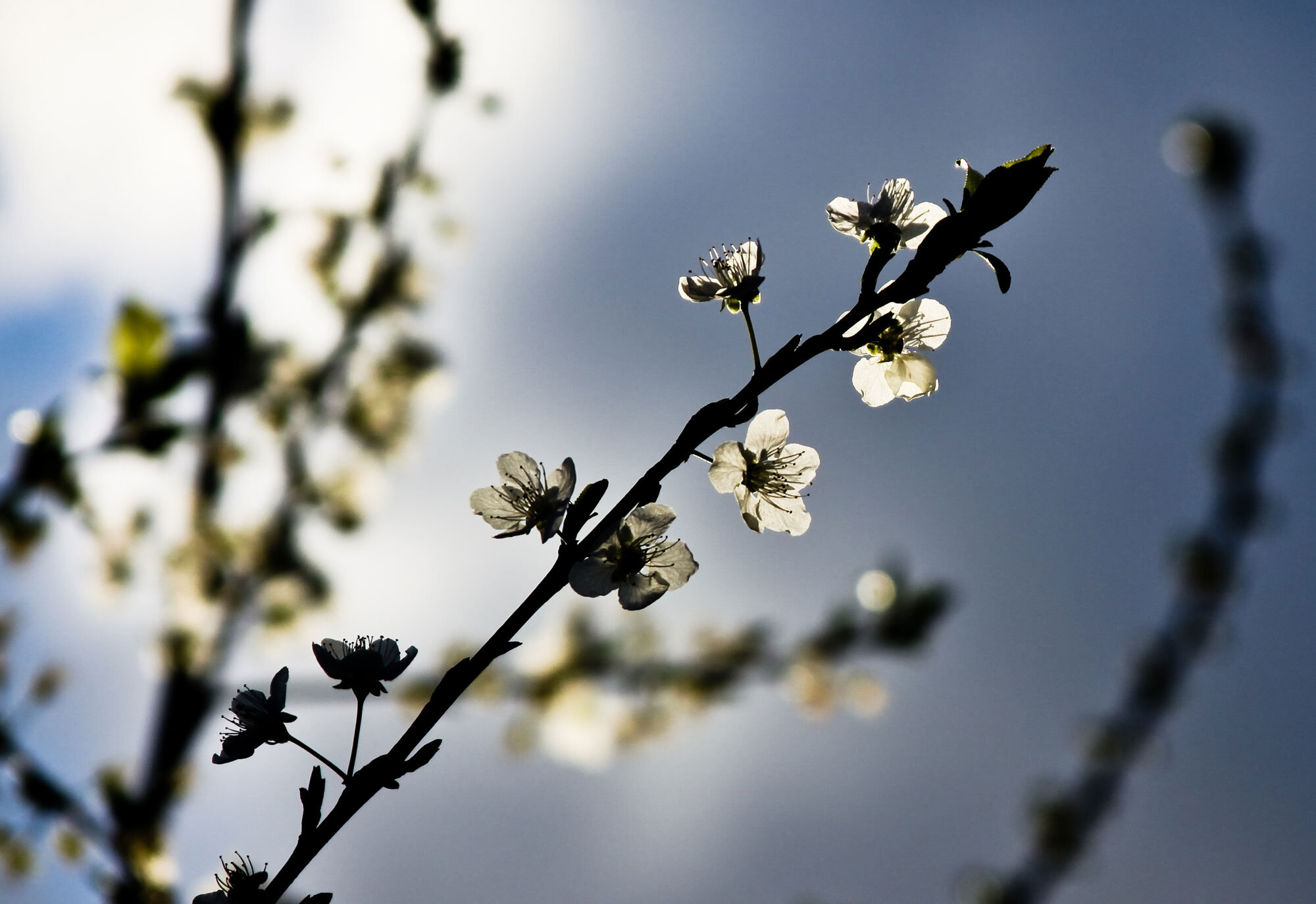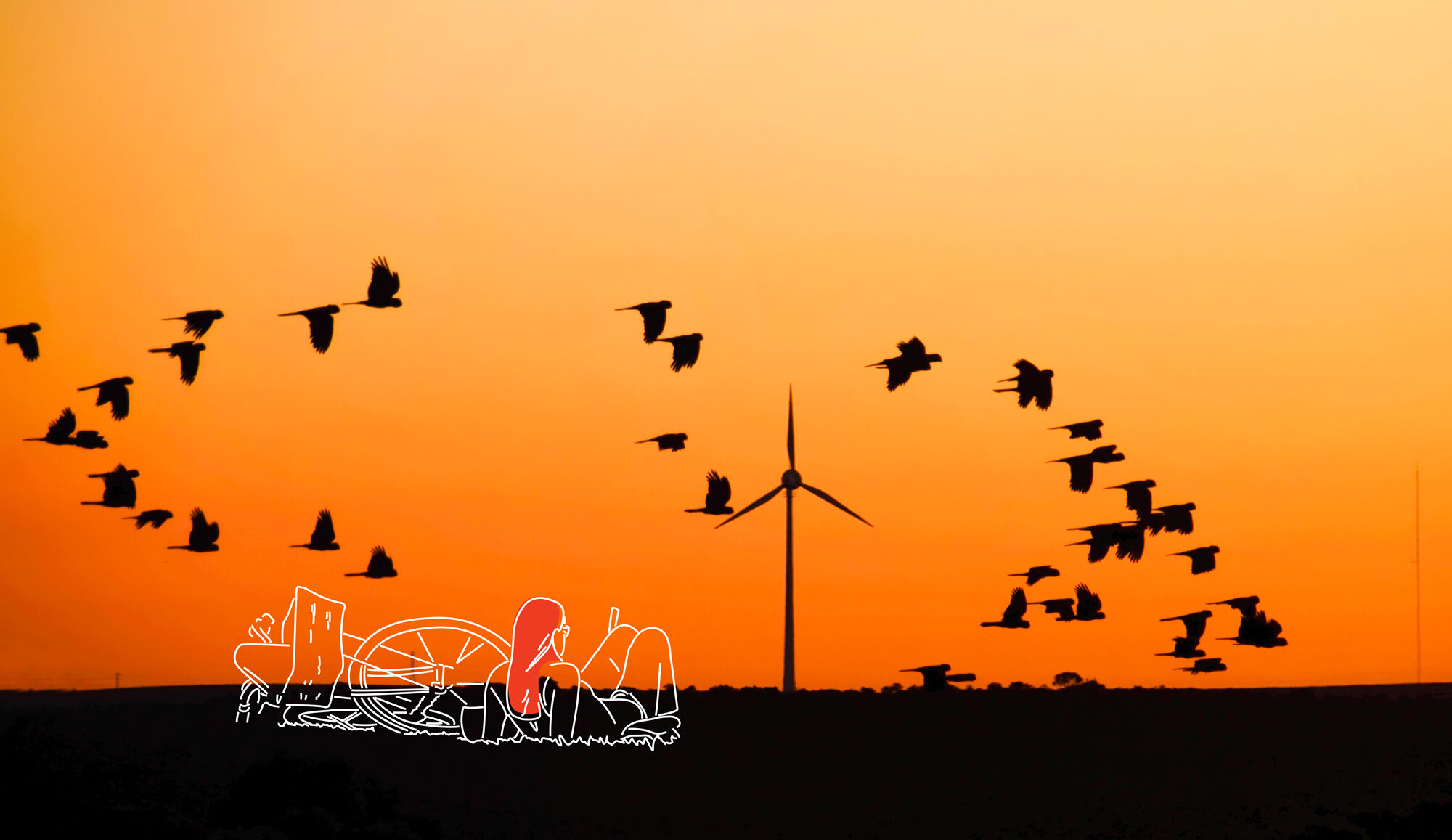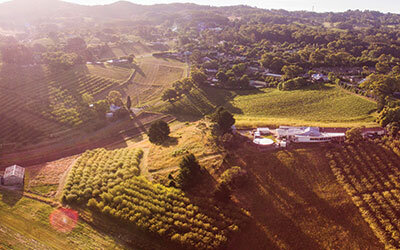
SHift 9
Remember what we love about nature and start there
From loss and utility to starting
with love and connection
We all have our own personal story about how we came to be connected to nature. Typically, it involves being in nature as young kids, and being amazed and excited by our experiences.
As we pursued our passion for nature we gained a knowledge and understanding of the problems it faces. Today, in a world hungry for stories and news, it is easy to be overwhelmed by the ongoing loss of nature occurring globally, and the ‘doom and gloom’ portrayed through the media can make us feel genuinely depressed and disempowered.
Despite this effect, our natural tendency is to appeal to people with facts and figures about species in decline, habitat being lost, the impacts of pests and weeds, and the risks posed to their lifestyle in the hope it will motivate them to take action in some way. However, modern science of the human brain and psychology tells us that this approach may have been counter-productive, and clearly points to a more effective approach.
When we use evocative words and images and simply reflect the very things about nature that enchanted us in the first place, we are much more likely to motivate people to take action. This is the basis for the global love not loss campaign. [5] The whole process becomes more uplifting for us too, partly through reconnecting with our first love of nature, and also by focussing more on hope ourselves.
In contrast, when we hit people with all the problems, and place little or no emphasis on providing hope or tangible ways that people can help, we simply encourage them to switch off. It all seems too hard and people feel like the problems are too big or complex for them to make a difference. This is our natural human response.
This does not mean we simply ‘spin’ positive stories. Of course, we still need to be honest and communicate the problems and threats to help people understand; however, we need to couch this with messages of love and hope, and a call to action to evoke their intrinsic love of nature and values of fairness, benevolence, responsibility and unity with nature.
— ♢♢♢ —
5. https://www.iucn.org/commissions/commission-education-and-communication/our-work/love-not-loss
Case study

Case study
Common Cause for Nature
The story behind Common Cause for Nature
“Creating and maintaining a sustainable, wildlife-rich world requires active, concerned citizens and a political system capable of rising to the challenge. Governments, businesses and the public will need the space and motivation to make the right choices.
A large body of psychological research demonstrates that values – the things we consider important in life – are vital in creating this space and motivation. The values we hold are shaped by institutions, communications and experiences; the conservation sector inevitably shapes them too.
Thirteen UK conservation organisations with a broad range of remits came together in 2012 to explore the values the sector promotes in its communications, campaigns and other activities. Original linguistic research was supplemented by numerous workshops, interviews, and a survey with those in the sector. By learning from what works and reforming what does not, the sector can ensure the work it carries out cultivates the values that inspire action.”
— ♢♢♢ —
For much more information visit:
Common Cause Australia: www.commoncause.org.au
and Common Cause UK: www.valuesandframes.org
Source: Values and Frames
Image: BY NC SA Joseph B
In summary
Findings suggest when communicating about conservation
Try to
Show how amazing nature is and share the experience of wildlife;
Talk about people, society and compassion as well as the natural world;
Explain where and why things are going wrong;
Encourage active participation: exploration, enjoyment, and creativity.
Avoid
Relying on messages that emphasise threat and loss;
Appeals to competition, status, money, or frames that imply a transaction between an NGO and its supporters;
Economic frames;
Attempts to motivate people with conflicting intrinsic and extrinsic values;
Segmenting audiences based on values.
Communicating in this way encourages all of us to reconnect with the feelings and experiences that led us to connect deeply with nature. Communicating through this perspective is much more powerful than focussing on ‘doom and gloom’, as it helps to propagate hope within us and others.
— ♢♢♢ —
❯❯ More shifts









